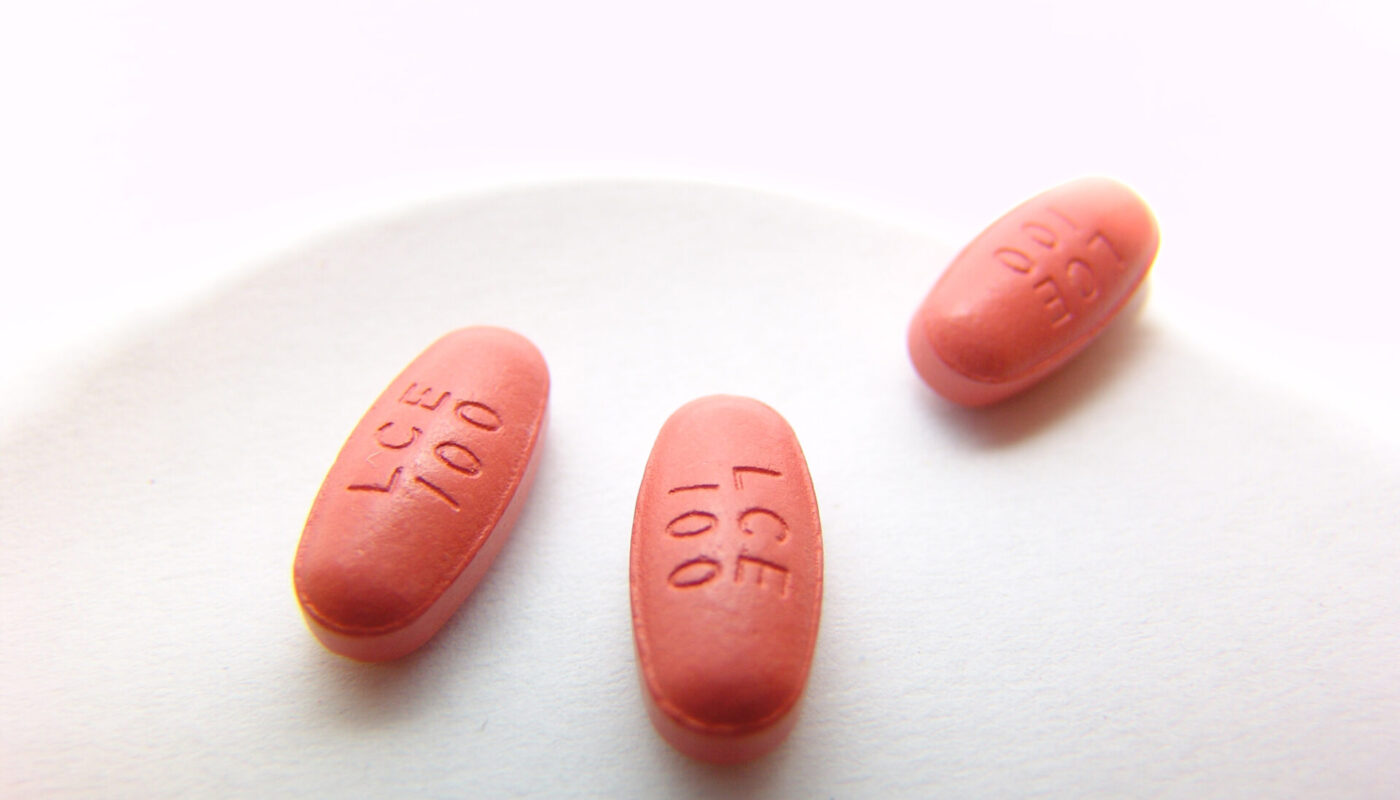For over 50 years, levodopa has been the gold standard treatment for Parkinson’s disease. This amazing drug continues to help manage the debilitating motor symptoms of the disease and improve quality of life for millions of people worldwide.
History of levodopa’s discovery and use
Levodopa was first synthesized in 1910 but its therapeutic properties were not discovered until the late 1960s when Dr. George Cotzias conducted pioneering research. In 1967, Cotzias published results showing that high doses of levodopa dramatically reduced Parkinson’s disease motor symptoms like tremors and rigidity in patients. This discovery revolutionized Parkinson’s treatment and effectively established levodopa as the primary medication. Since its widespread adoption in the 1970s, levodopa has helped manage Parkinson’s symptoms for countless patients and allowed many to resume normal activities and daily tasks.
How levodopa works in the brain
Levodopa works by replacing the dopamine that is depleted in areas of the brain affected by Parkinson’s. Dopamine is a key neurotransmitter that allows for smooth, coordinated motor function. In Parkinson’s patients, dopamine-producing neurons in a region of the midbrain called the substantia nigra slowly degenerate. Less dopamine is available to control motor signaling in the basal ganglia. Levodopa crosses the blood-brain barrier and is converted directly into dopamine by the surviving dopamine neurons. This restored dopamine can then go on to regulate motor control circuits and relieve Parkinson’s motor symptoms.
Managing motor symptoms
The primary benefit of levodopa is to help manage Parkinson’s characteristic motor symptoms like tremors, stiffness, slow movement, and difficulty initiating movement. Taking levodopa-based medications significantly reduces shaking and improves mobility, dexterity, walking ability, and other physical functions impacted by low dopamine levels. Levodopa also treats secondary motor complications that can arise from its long-term use like dyskinesia, which are involuntary writhing motions. Careful dosing schedules and use of supplemental Parkinson’s drugs help to control these potential side effects.
Usage and dosage optimization
It is common for Parkinson’s patients to take carbidopa/levodopa as their primary treatment medication. Carbidopa helps prevent levodopa from being broken down outside the brain, allowing more of the drug to reach dopamine receptors. The optimum dosage level is unique to each individual and may need adjustment over time as the disease progresses. Close monitoring by a neurologist helps ensure doses are providing maximum benefit while limiting dyskinesia side effects. Levodopa is taken throughout the day in multiple divided doses to maintain a steady therapeutic dopamine level in the brain.
Potential non-motor benefits
While levodopa’s most recognized effects are on motor impairments, some emerging research hints it may also positively impact certain non-motor Parkinson’s symptoms as well. Some studies link levodopa usage to possible improvements in cognitive functioning, mood, fatigue levels, and sleep quality for some people. Exact mechanisms are still being explored, but scientists believe levodopa’s ability to boost dopamine levels in non-motor brain areas may underlie these non-traditional benefits. Larger clinical trials are ongoing to determine if optimized levodopa regimens could effectively manage symptoms beyond just motor control.
Combination therapies make a difference
As Parkinson’s advances, simply relying on levodopa alone often fails to provide adequate symptom relief throughout the waking day. Combination treatment strategies using levodopa together with additional Parkinson’s drugs work to overcome these limitations. Common complementary treatments include dopamine agonists, COMT inhibitors, MAO-B inhibitors, and catechol-O-methyltransferase (COMT) inhibitors. These supplemental medications alter levodopa’s absorption, metabolism, and receptor response to improve motor score fluctuations and maximize “on” time for when symptoms are adequately controlled. Such combination optimization allows levodopa to effectively treat Parkinson’s at later disease stages than if it were taken as a sole therapy.
Adverse effects addressed
While levodopa remains extremely beneficial for controlling Parkinson’s motor symptoms, its long-term use can cause risks like dyskinesias in many patients. Correct dosing, timing, adjustments based on individual tolerances, and addition of complementary therapies are important to reduce adverse effect risks. Modern oral and injection forms like Duopa also effectively deliver continuous levodopa levels instead of fluctuating peaks and valleys to potentially curb motor complications. Future research in areas like advanced gene therapies offers promise of leveraging levodopa’s mechanism in innovative ways that avoid adverse effects associated with traditional pills and liquid forms. Overall, ongoing refinements continue to maximize levodopa’s power to manage Parkinson’s symptoms safely over the long run.
Future outlook and potential replacement
With over 50 years of success and an excellent safety profile, levodopa will likely remain a backbone Parkinson’s treatment for the foreseeable future. No other existing drug matches its unique ability to quickly and effectively restore depleted dopamine when and where it is needed in the Parkinson’s brain. While ongoing research explores potential replacements, advances like gene therapies and implanted pumps aim to optimize and enhance levodopa delivery instead of replace it outright. For now and still to come, levodopa’s remarkable effectiveness leaves it standing as the most important therapy found to date for treating Parkinson’s motor dysfunction and improving quality of life.
*Note:
1. Source: Coherent Market Insights, Public sources, Desk research
2. We have leveraged AI tools to mine information and compile it




